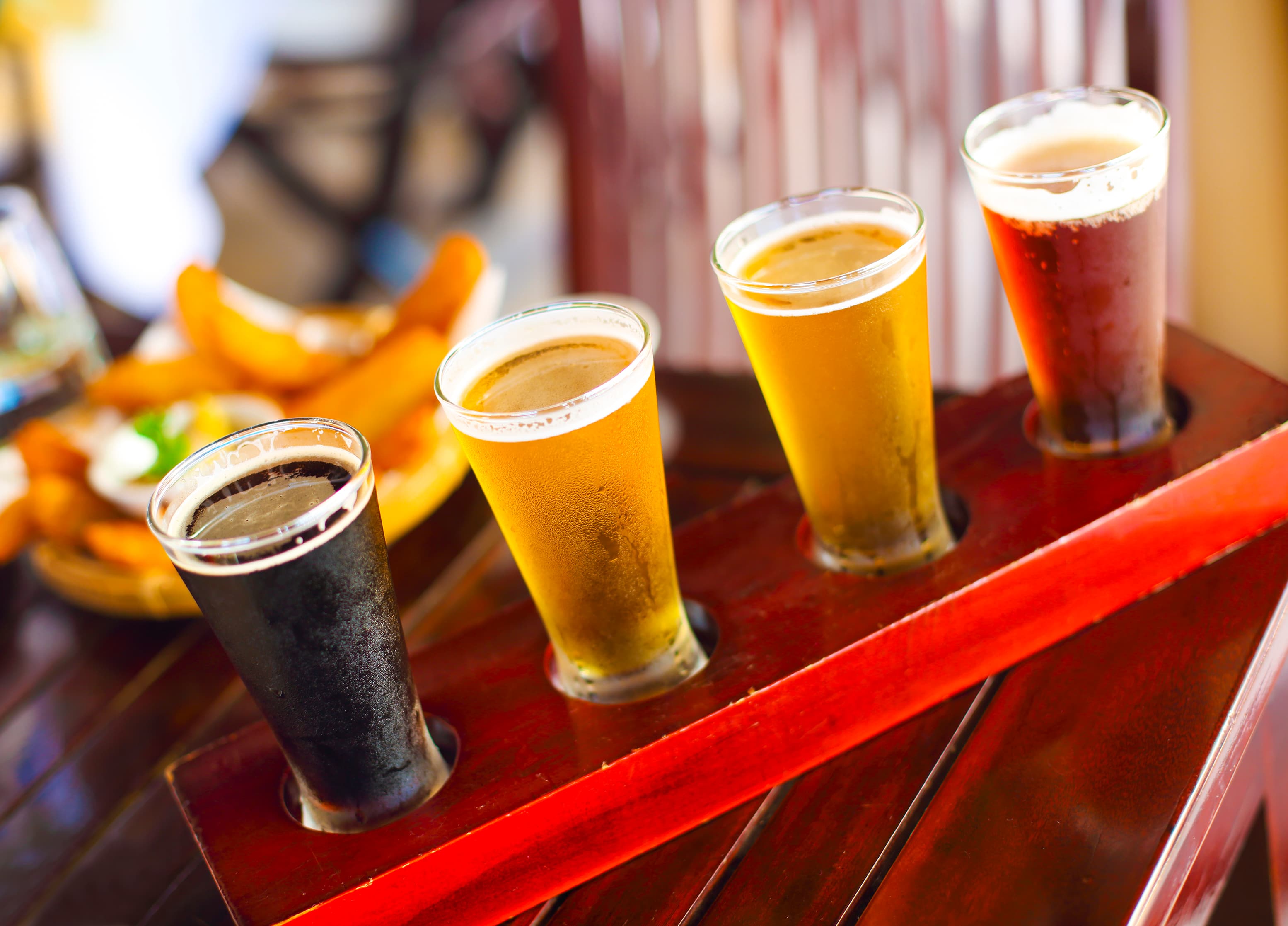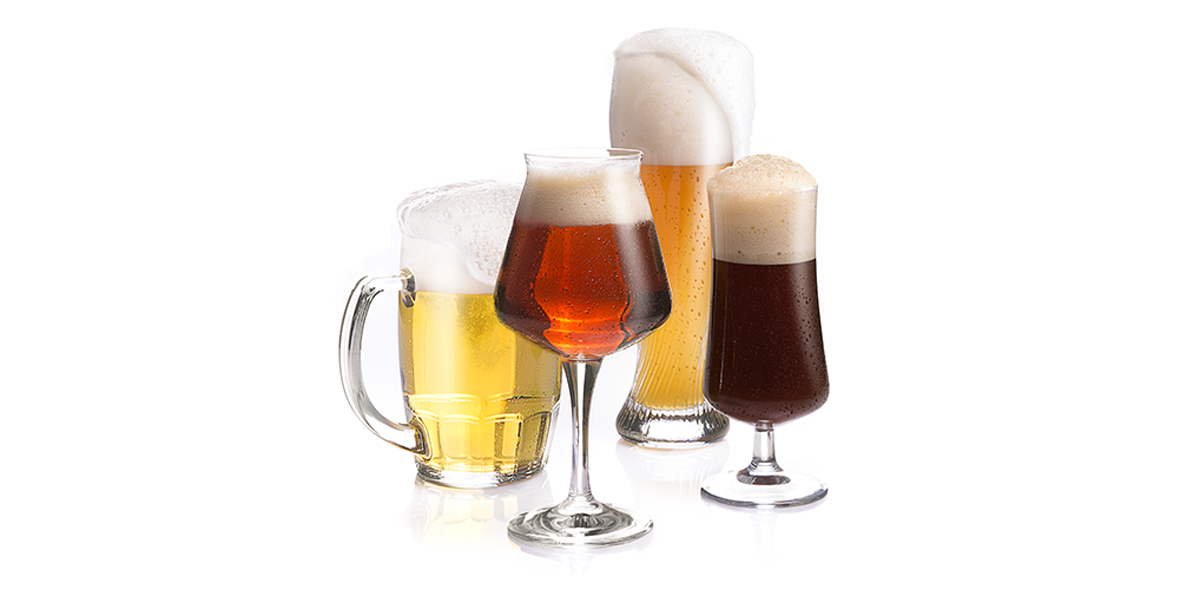Belgian Craft Beer: Everything You Need to Know

In addition to Germany and the United Kingdom, another European country has written the history of beer: Belgium.
Perhaps not everyone knows that the small federal state hides an incredibly varied, century-old beer heritage and still safeguards its old beer tradition and habits. Knowing the beer culture of Belgium means knowing an important part of the history of this drink, made of spontaneous fermentation, gentle countryside landscapes, historical cafés, old beer styles, wonderful art towns and Trappist beers.
The beer culture of Belgium
Belgian brewers are known as the masters of yeast. Their beers are normally more alcoholic than British or German ones, but Belgium boasts a great variety of very different local beer styles. We find the Blanche, made with wheat, bitter orange zest and coriander; the thirst-quenching Saison, traditionally associated to working in the fields; the old Oud Bruin and Flemish Red Ale, characterized by an intriguing acidity; the strong and structured Belgian Strong Ale, which follows no stringent guidelines. Other types are not included in these categories and contribute to the amazing richness of the Belgian beer landscape.
Lambic and spontaneously fermented beers
Pajottenland is a tiny region south-west of Brussels, between the rivers Senne and Dendre, and is the guardian of an extraordinary beer secret called Lambic. This is the region where spontaneously fermented beers have miraculously survived and are still made following a time-honored process. Lambic is made without yeasts being injected by the brewer. Instead, the wort is fertilized by the microorganisms that are naturally present in the air. After boiling, the wort is moved to so-called cooling vats, where it spends the night exposed to air. The special mix of yeasts and bacteria found in the atmosphere (Saccharomyces, Brettanomyces, Pediococchi, Lattobacilli, etc.) activates the fermentation, which later develops in the barrels where Lambic ages for up to three years. This peculiar production process gives beer unusual, sort of unorthodox notes, including a marked acidity.
Lambic is both its own beer style, and a basis for other styles. Gueuze, for instance, is a blend of Lambic beers of different vintages, while Kriek is made with the addition of fresh cherries. Very few Lambic producers are left in Belgium. The most famous is probably Cantillon, in Anderlecht, in the suburbs of Brussels.
Trappist beers
Belgium is the home of Trappist beers and half of the world active producers of this niche style (six out of twelve) are in Belgium. The image of monks making beer is fascinating even to beer novices. This is a very old practice, which dates back to medieval times. Trappist beers, however, are only those made the by communities of the Order of Cistercians of the Strict Observance (also called Trappist). Also, a Trappist brewery can only be considered as such if it meets three requirements:
- The production facility must be located inside the monastery
- Production must be at least supervised by the monks
- All income from sales must be used to support the life of the religious community of be given to charities. In other words, it must be a non-for-profit activity.
Generally speaking, Trappist beers are characterized by great complexity. They are often opulent, very high quality beers that should be sipped slowly. Some breweries have created specific beer styles, such as Dubbel and Tripel. The Belgian Trappist breweries are Chimay, Orval, Westmalle, Achel, Westvleteren and Rochefort.
The cafés
The places where Belgian beers are usually drunk are traditional cafés, which often seem out of another era. Some of these boast impressive beer lists, where it is not unusual to find vintage labels or other little gems. They can be found in all large art towns, such as Brussels, Antwerp, Gent, Bruges... It is not difficult to combine tourism and beer when traveling to Belgium.
Belgium is a country that has had an extraordinary importance in the history of beer. It is almost incredible to think that such a small country has such a high variety of beer types and traditions. For some unexplainable reason, many have survived until today.




